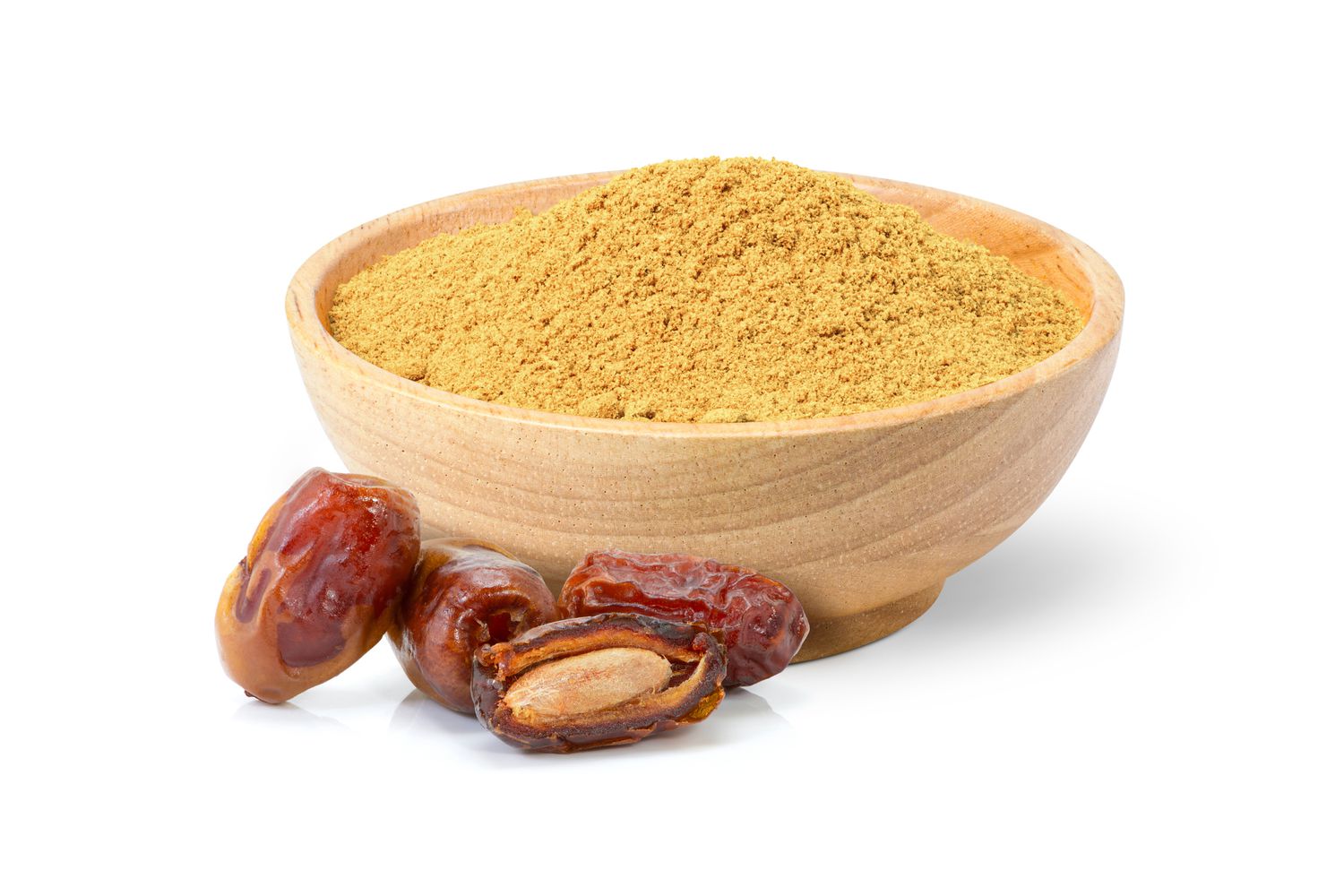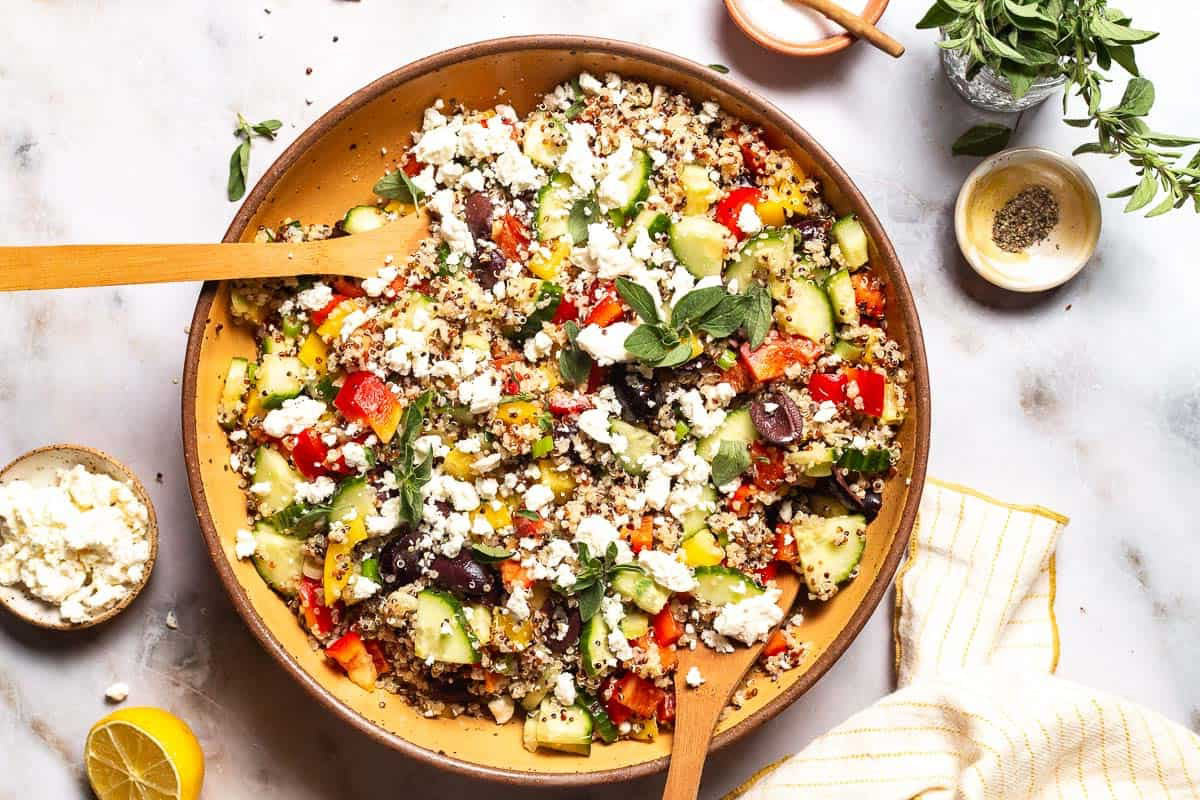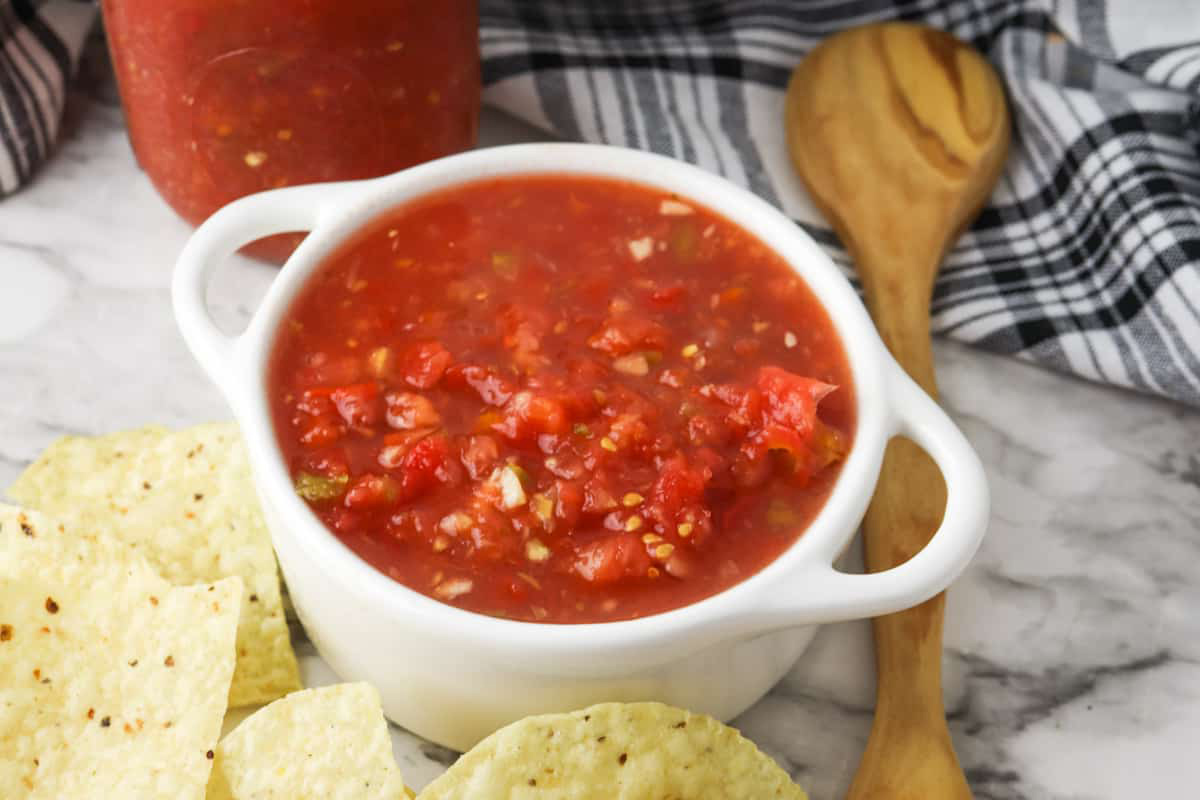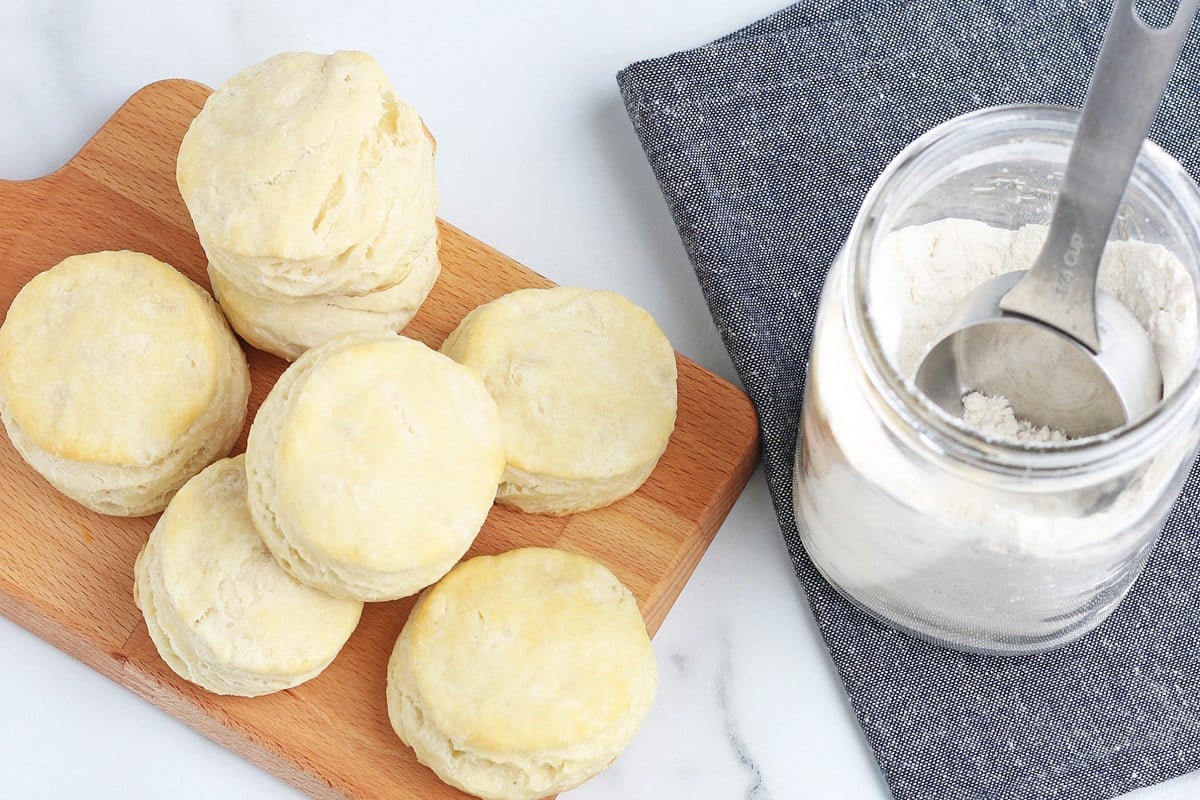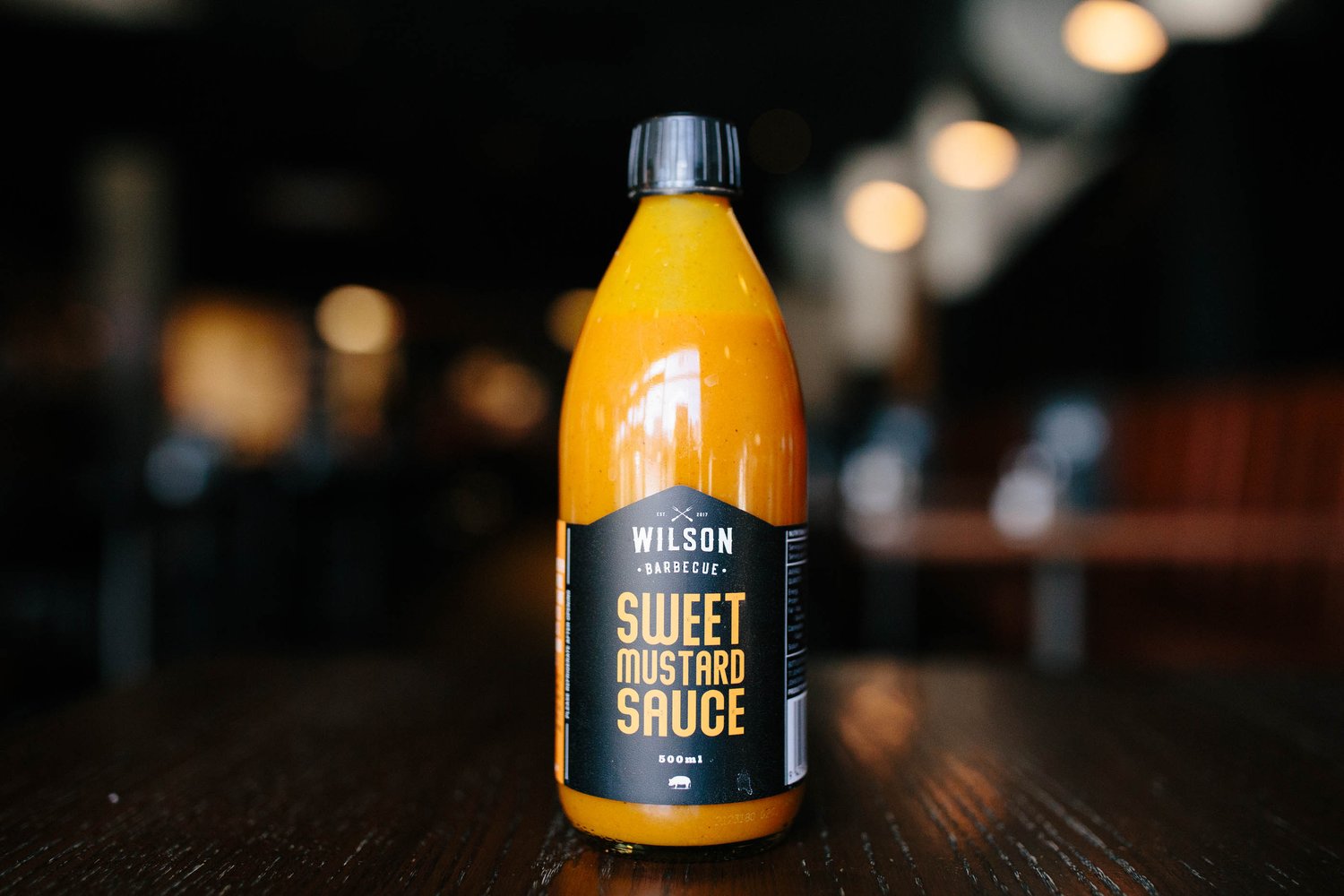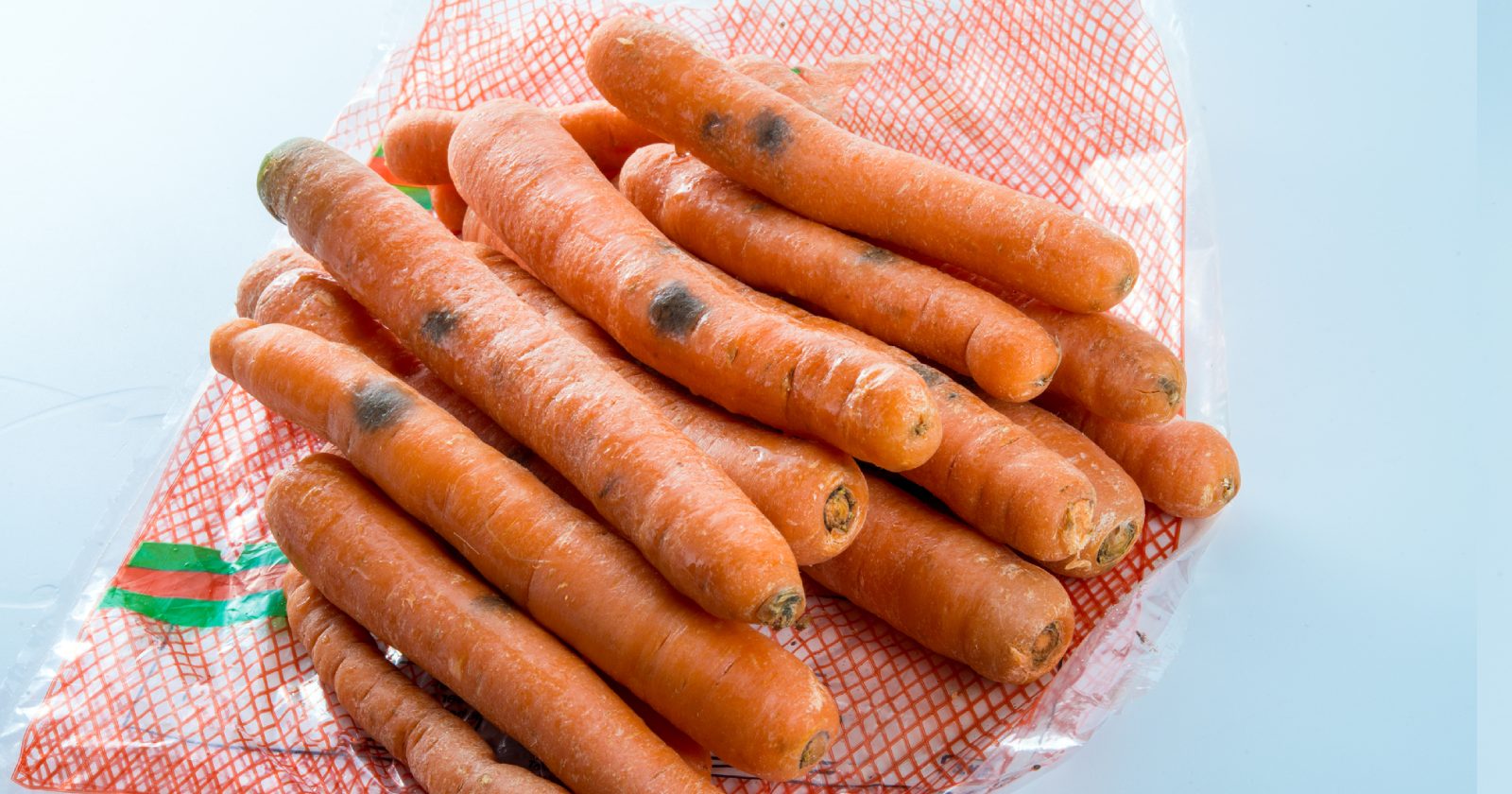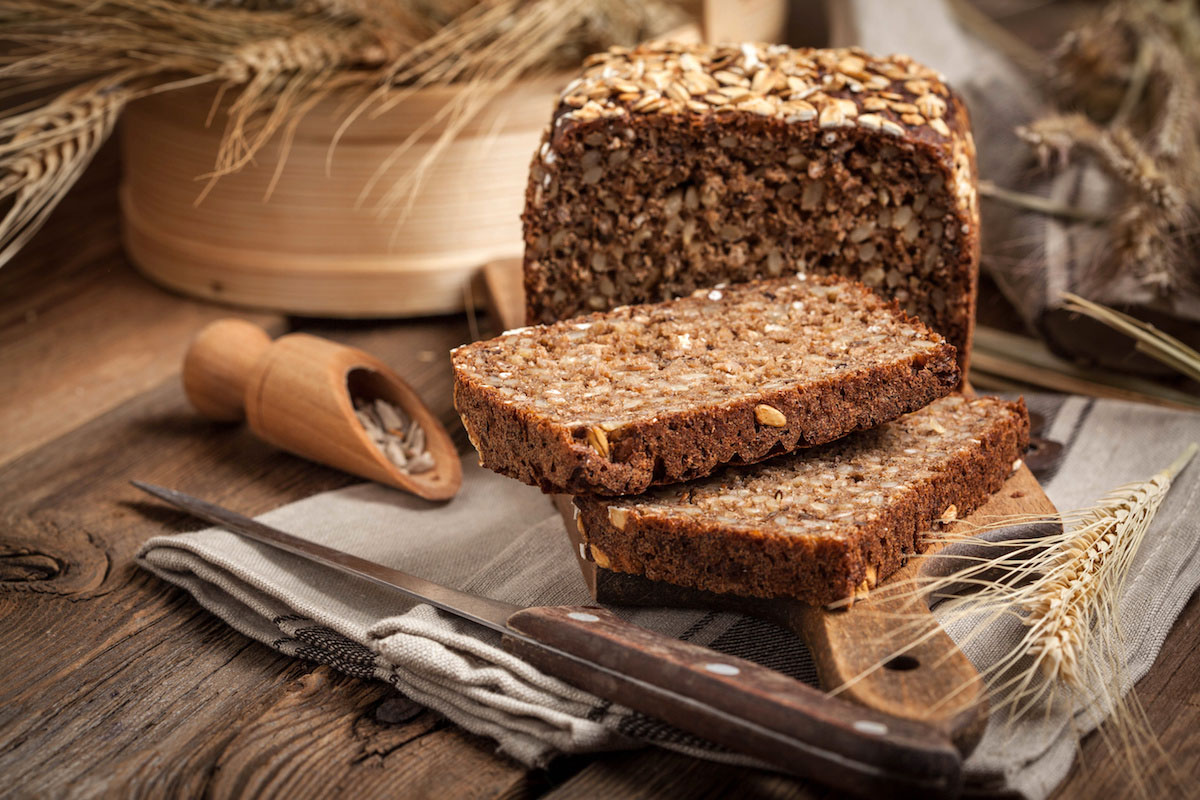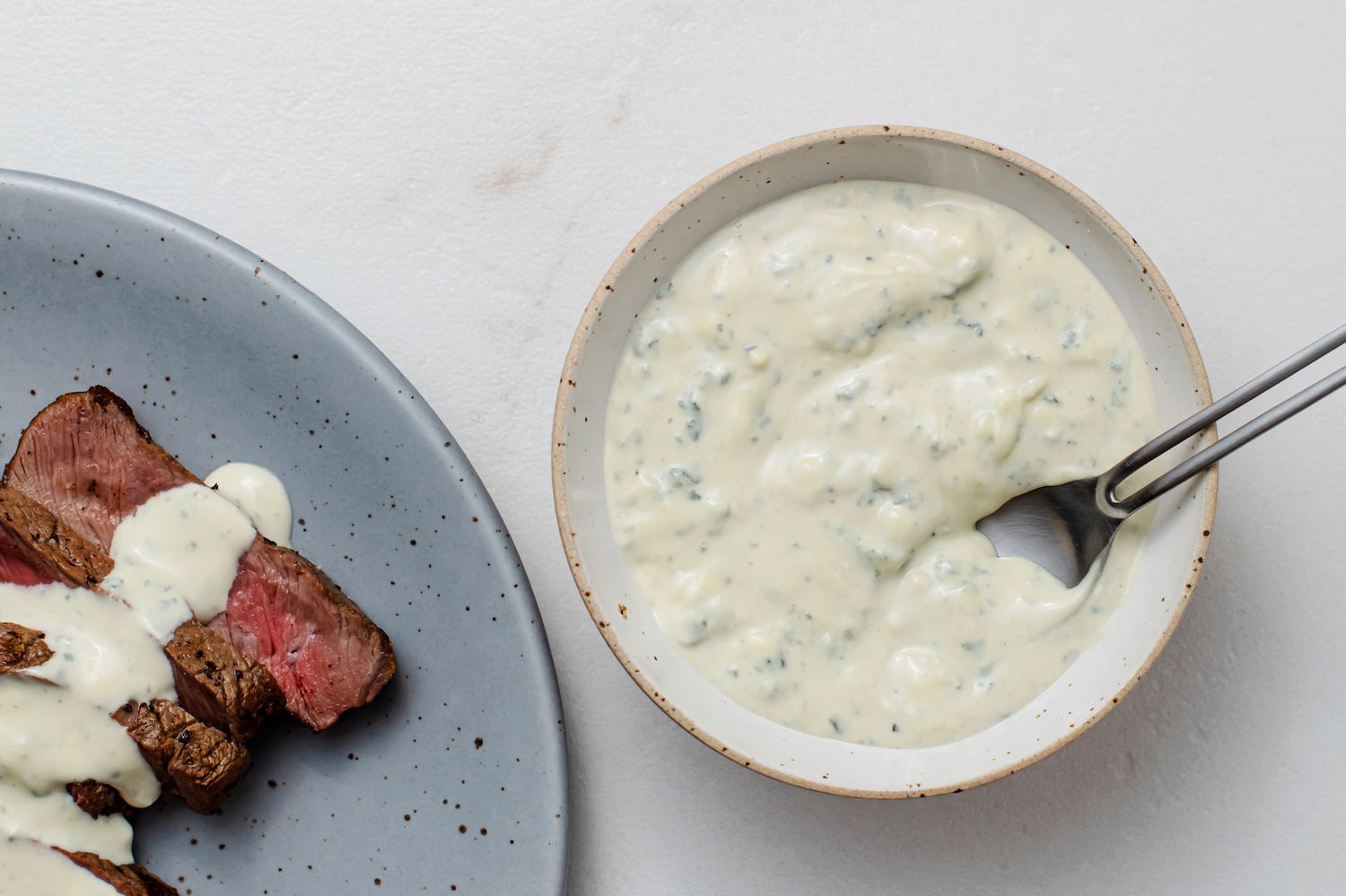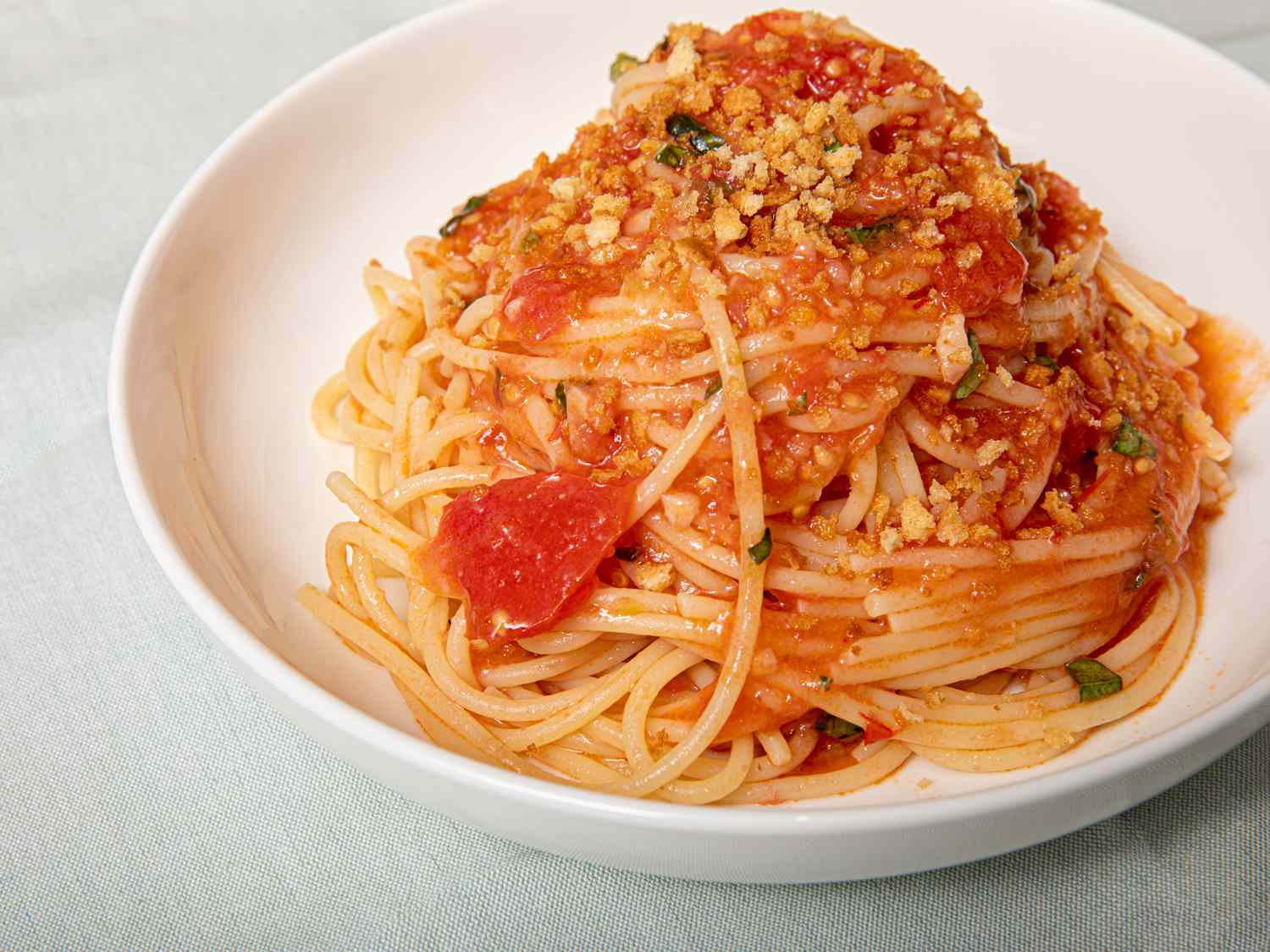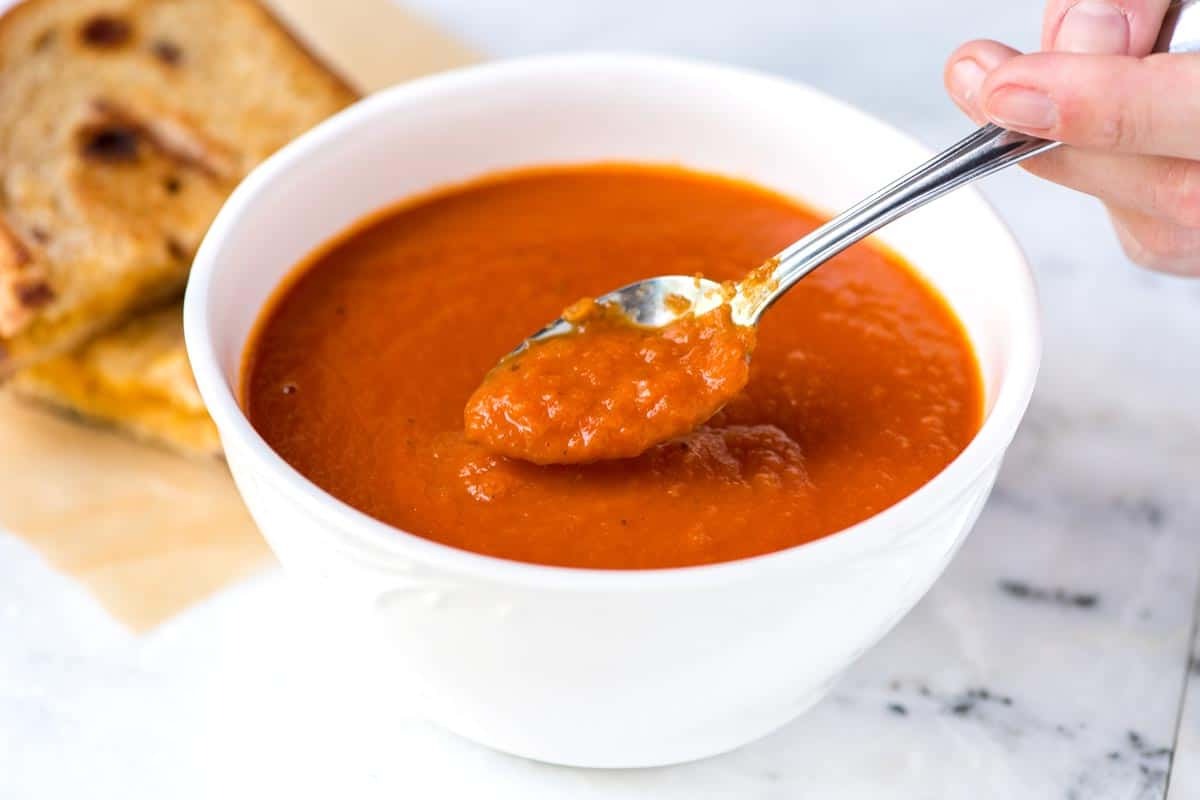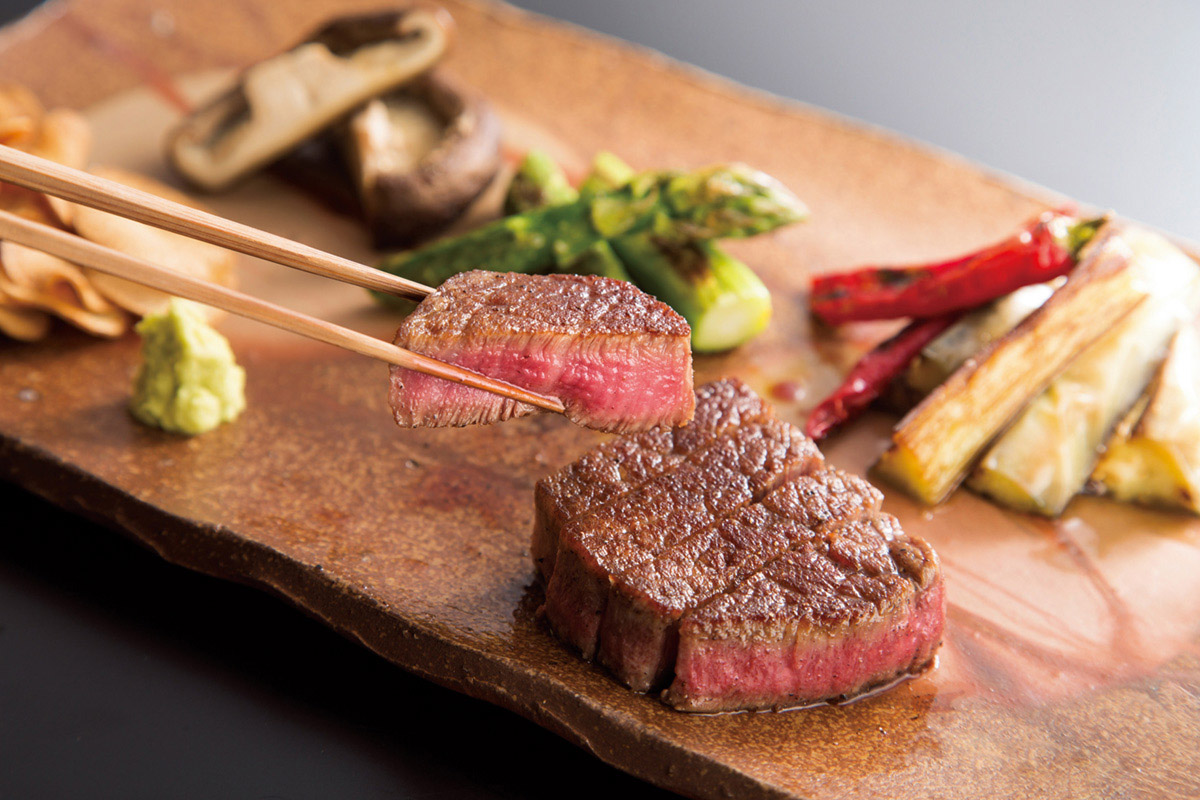Discovering the Delightful Grain: Farro
Have you ever heard of farro? If not, you’re in for a treat! Farro is an ancient whole grain that has been a staple in Mediterranean and Middle Eastern diets for centuries. It has recently gained popularity in the culinary world due to its nutty flavor, chewy texture, and impressive nutritional profile. Let’s delve into the world of farro and uncover what makes it so special.
What is Farro?
Farro is a type of ancient wheat grain that comes in three varieties: spelt, emmer, and einkorn. It has a distinct nutty flavor and a chewy texture, making it a versatile ingredient in a variety of dishes. Farro is often compared to other whole grains like barley and quinoa, but it stands out for its unique taste and texture.
Nutritional Benefits of Farro
Farro is not only delicious but also packed with essential nutrients. It is a great source of protein, fiber, and complex carbohydrates, making it a filling and satisfying addition to any meal. Additionally, farro contains important vitamins and minerals, including iron, magnesium, and B vitamins. Its high fiber content supports digestive health and helps keep you feeling full for longer.
How to Cook Farro
Cooking farro is simple and can be done in a variety of ways. Here’s a basic stovetop method to cook farro:
- Rinse the farro under cold water.
- In a pot, combine 1 cup of farro with 3 cups of water or broth.
- Bring the mixture to a boil, then reduce the heat and let it simmer for 25-30 minutes, or until the farro is tender.
- Once cooked, drain any excess liquid and fluff the farro with a fork.
Once cooked, farro can be used in salads, soups, risottos, or enjoyed as a side dish. Its versatility makes it a great addition to any meal.
Health Benefits of Farro
In addition to its nutritional content, farro offers a range of health benefits. Its high fiber and protein content can aid in weight management and support muscle growth and repair. The antioxidants found in farro help reduce inflammation and protect against chronic diseases. Incorporating farro into your diet can contribute to overall health and well-being.
Ways to Enjoy Farro
There are countless ways to enjoy farro in your meals. Here are a few ideas to get you started:
- Farro salad with fresh vegetables and a zesty vinaigrette
- Creamy farro risotto with mushrooms and Parmesan cheese
- Farro and vegetable soup for a comforting and nutritious meal
- Bowl of farro topped with roasted vegetables and a drizzle of tahini
Whether you’re a seasoned cook or just starting to experiment with new ingredients, farro is a versatile and delicious grain that can elevate your culinary creations.
In Conclusion
Farro is a nutritious, flavorful, and versatile grain that deserves a place in your kitchen. Its rich history and impressive nutritional benefits make it a standout ingredient in a variety of dishes. Whether you’re looking to add more whole grains to your diet or simply want to expand your culinary horizons, farro is definitely worth exploring. So, why not give farro a try and discover the delightful flavors and health benefits it has to offer?
Next time you’re at the grocery store, pick up a bag of farro and get ready to elevate your meals with this ancient grain. Your taste buds and your body will thank you!
Was this page helpful?
Read Next: What Is Escalope
